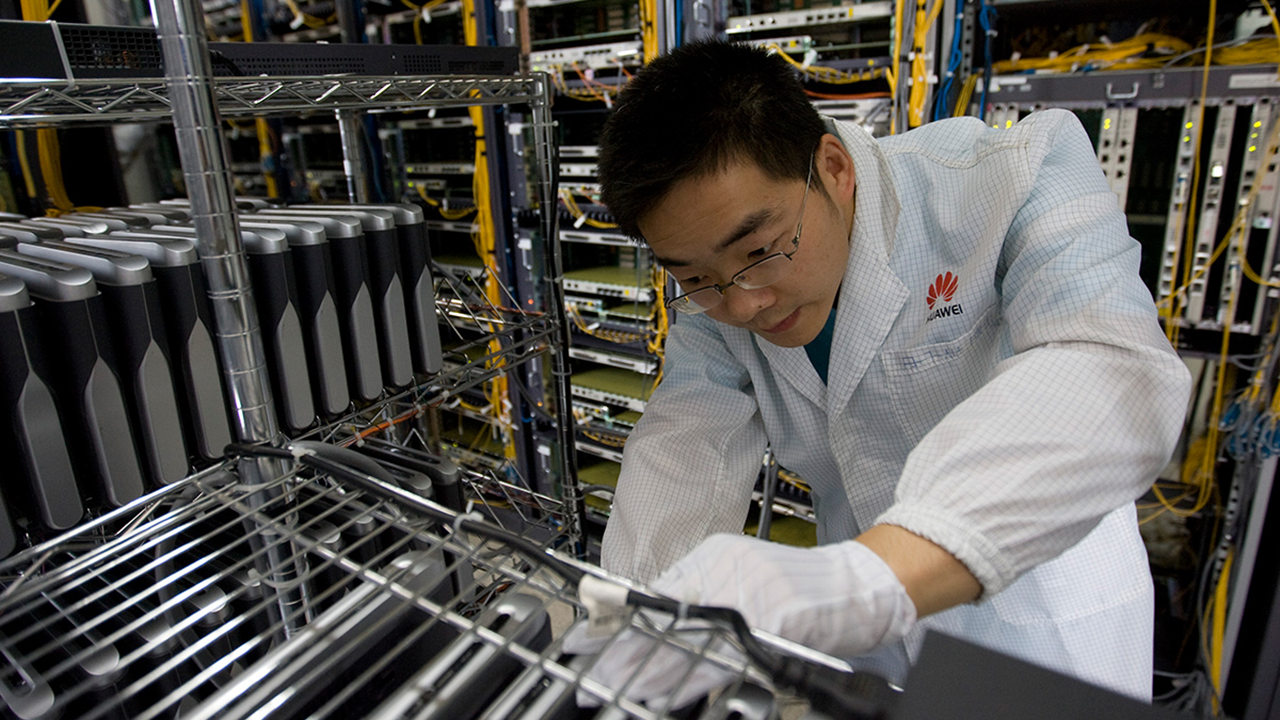Huawei's Kirin 9020 integrates 5G modem, China-made 5G FEM — chip symbolizes resilience to U.S. sanctions
A remarkable achievement

Huawei has managed to integrate a 5G modem into a high-end application processor produced domestically, despite sanctions, according to the South China Morning Post, citing a post in social media. This would put Huawei on the same level as Qualcomm and well ahead of many competitors.
Huawei's flagship smartphones Mate 70 and Pura 80 are based on the Kirin 9020 system-on-chips (SoC), but up until recently, the company never confirmed this fact. The Kirin 9020 itself packs two high-performance Arm cores that run at up to 2.50 GHz, six mid-tier cores up to 2.15 GHz, and four efficiency cores up to 1.60 GHz — paired with the Maleoon 920 GPU (Arm Mali?) running at 840 MHz and, what is now revealed, an integrated Balong 6000 5G modem. The chip is made by SMIC using its 7nm-class fabrication process and is the first one that packs a 5G modem.
According to TechInsights, the Kirin 9020 is an incremental step over the earlier Kirin 9010 rather than a fundamental redesign, but its significance does not lie in raw performance gains, but rather in its built-in 5G modem.
Building a 5G modem for smartphones and tablets is extremely hard because it must handle extremely wide spectrum bands (general 3G and 4G bands, sub-6 GHz and mmWave up to ~40 GHz), advanced multiplexing (OFDM, MU-MIMO, beamforming), and ultra-low-latency scheduling while maintaining power efficiency in a mobile form factor. It requires deep expertise in RF front-end design, baseband signal processing, error correction (LDPC, Polar codes), and integration with CPU/GPU subsystems on a single SoC. On top of that, achieving compliance with global 3GPP standards and ensuring interoperability across thousands of carrier networks requires years of algorithm development and silicon co-optimization, which requires massive test infrastructure.
While building a 5G modem is difficult, integrating this modem into a smartphone SoC is equally challenging. For example, Apple still has not managed to do this. To that end, the Kirin 9020 is a testament that Huawei can still push forward with advanced silicon development under strict U.S. trade restrictions. To a large degree, it is a symbol of resilience to U.S. sanctions.
For SMIC, producing a 5G modem SoC like the Kirin 9020 is also vital because it demonstrates the ability to manufacture complex, high-performance, RF-intensive designs on its 7nm-class fabrication technology despite lacking access to modern lithography tools. A 5G baseband is one of the most demanding chips to fabricate as it packs dense logic, high-speed DSP blocks, and sensitive analog/RF circuits.
Meanwhile, Huawei's front-end module (FEM) is just as critical as the baseband in a 5G device. This unit packs everything from power amplifiers to low-noise amplifiers and then forms antenna switches all the way to filters to manage dozens of sub-6 GHz and mmWave bands. Unlike the digital baseband, these RF components are harder to replace since U.S. sanctions restrict access to advanced filter and PA technology, long dominated by American companies like Broadcom and Qorvo. Nonetheless, Huawei has managed to do even this.
Get Tom's Hardware's best news and in-depth reviews, straight to your inbox.
Summing everything up, for Huawei specifically and for China in general, the Kirin 9020 is more than just a technical upgrade, as it supports the country's and company's strategy of self-sufficiency.
Follow Tom's Hardware on Google News to get our up-to-date news, analysis, and reviews in your feeds. Make sure to click the Follow button.

Anton Shilov is a contributing writer at Tom’s Hardware. Over the past couple of decades, he has covered everything from CPUs and GPUs to supercomputers and from modern process technologies and latest fab tools to high-tech industry trends.